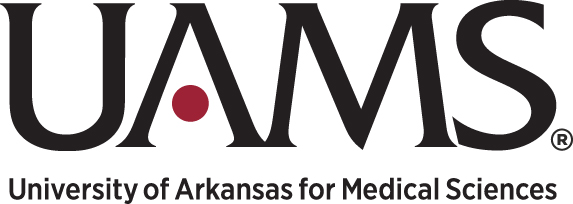Contact:
Bonnie Brandsgaard
(501) 686-8013
E-mail: [email protected]
MANGANESE EXPOSURE LEVELS AND RISKS EXAMINED AT INTERNATIONAL CONFERENCE OCTOBER 27-29
LITTLE ROCK--October 27, 1997--More than 250 specialists from all around the world are meeting in Little Rock to review 80 presentations at the 15th International Neurotoxicology Conference, to be held at the Doubletree Hotel on October 27-29. Invited speakers will discuss their considerable and most recent research on the health risks and effects of low-level manganese exposure and long-range toxicity.
Conference Chair Joan M. Cranmer, R.P.T., Ph.D., A.T.S.ÛProfessor of Pediatrics and Toxicology, College of Medicine, University of Arkansas for Medical Sciences and Editor-in-Chief of the international journal NeuroToxicologyÛnoted, ÃAt very low levels, manganese is an essential nutrient and at higher levels, a known neurotoxicant that kills brain cells.Ó
She said, ÃOur goal is to determine where the benefit ends and the harm begins.Ó
She explained that the conference brings together experts from academia, government agencies, industry, foundations, and the private sector. ÃThey will debate what is known, identify information gaps and help define future directions for research. International experts and active researchers will provide information to draw upon and apply to important scientific, environmental, regulatory, and health risk assessment issues that will be reviewed this year by the federal government.Ó
# # #
To illustrate the range of the 80 abstracts to be presented, in Abstract 10, researchers from Sweden will offer these findings. ÃManganese has a unique ability to be taken up in the brain and circumvent the blood-brain barrier to gain direct access to the central nervous system.Ó
INTERNET FACTS ON MANGANESE:
Manganese, a heavy metal, can change from one compound to anotherÛfrom a solid to dust or a vapor--but it does not break down or disappear.
Manganese is mixed with iron to make various types of steel to improve hardness, stiffness and strength. Some manganese compounds are used in the production of batteries, and as an ingredient in some ceramics, pesticides and fertilizers. (http://rtk.net/E1535T29) (http:www.nsc.org/ehc/ew/chems/manganes.htm)
In 1996, Canada banned the use of the controversial manganese-based fuel MMT, an antiknock additive in unleaded gas. This additive, which has been used in gasoline for almost 20 years, boosts gas octane. It does so by using manganese as its key ingredient. The US Environmental Protection Agency refused to approve MMT for sale based on health concerns, but in December, 1995, was compelled to allow the sale by a narrow court ruling that did not address health issues. MMT use is also banned in California.
